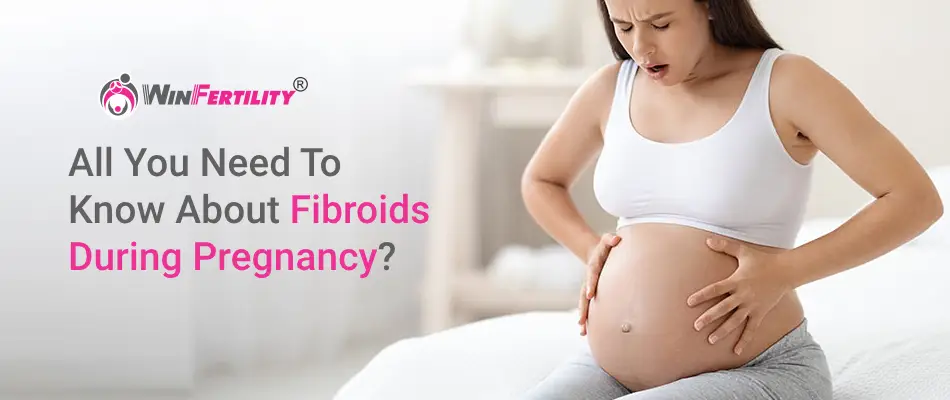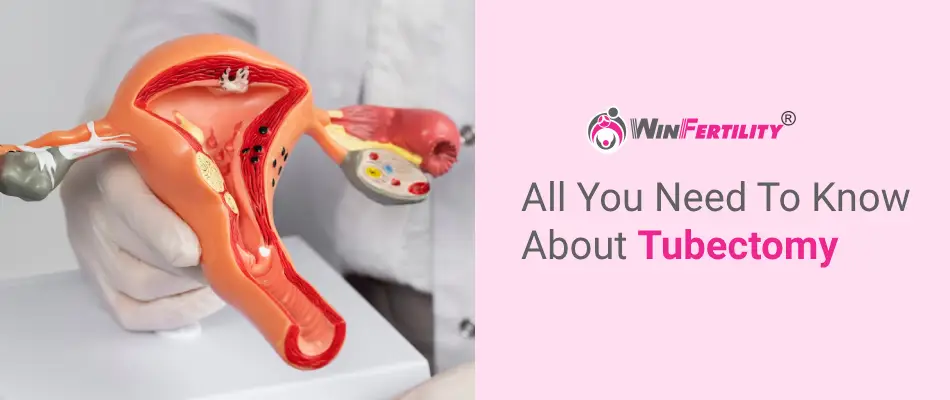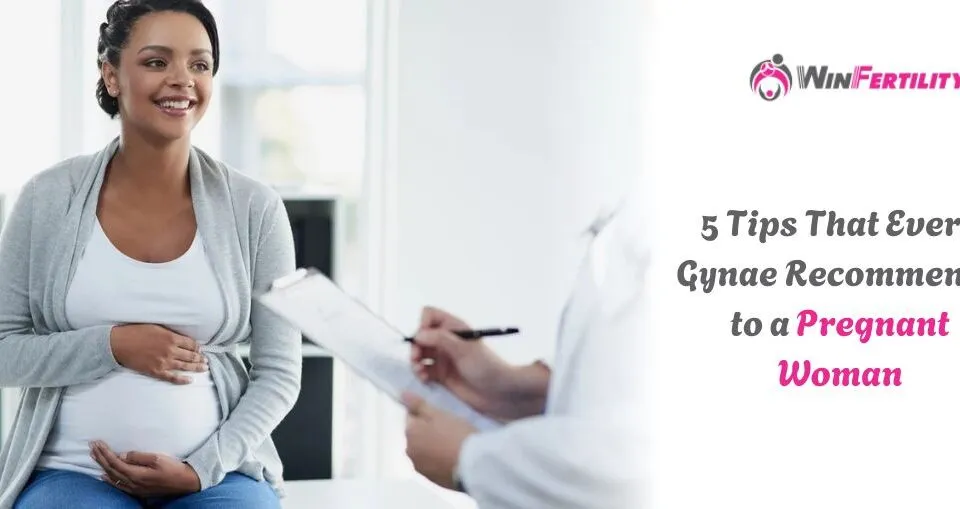All You Need To Know About Fibroids During Pregnancy

Fibroids are quite common in women of childbearing age and are non-cancerous growths made of muscles and tissues that develop in and around the uterus. The shocking part is that many women don’t even know that they have fibroids because they don’t have any type of symptoms. However, during pregnancy, they can cause complications as they become noticeable depending upon their size, number, and location. When there is hormonal growth in pregnancy, it can cause fibroids to grow. This can lead to pain, pressure, or bleeding.
Every pregnancy with fibroids is not at all risky. Some women have normal pregnancies and give birth to healthy babies. However, regular monitoring is important to ensure that there are no problems during the whole pregnancy.
Table of Contents
ToggleWhat Are Fibroids?
Fibroids are also known as uterine leiomyomas and are growths that appear in or around the uterus. They are non-cancerous and vary in size from very small to a few centimeters. Women usually have one fibroid, but in some cases, there are many. During pregnancy there are changes in hormones, and estrogen and progesterone levels increase, and this causes discomfort in the second and third trimesters. Fibroids affect the shape of the uterus or press on the nearby organs too. This then leads to back pain or frequent urination. It is important to detect fibroids in the early years so that proper care and treatment are provided to women who are expecting.
Some Common Symptoms Of Fibroids During Pregnancy
There are many women with fibroids that don’t show any symptoms. Only during pregnancy do some of the symptoms become noticeable. The most common symptom of all is pelvic or abdominal pain. This is caused when a fibroid outgrows or grows rapidly. This pain may feel sharp or cramp like. In some women, light bleeding or spotting is there in the early pregnancy. It is always better that you talk to your doctor so that they provide you with the right care that you need during this journey. Make sure that you take proper rest, are hydrated, and take medications to provide you with proper rest.
Effect Of Fibroids On Delivery
Women with fibroids almost always have healthy pregnancies. However, in some cases, fibroids affect how the baby progresses and how it is delivered. When the fibroid grows large or is near the placenta, then it can reduce the space for the baby to grow and block the birth canal. This leads to high chances of C-section delivery rather than the normal ones. Fibroids also lead to premature labor, and in this case, there is bleeding after delivery. Regular checkups and proper care can help to detect problems and risks related to fibroids in the early stage. Make sure that you always follow what your doctor says for the best outcome for you and your baby.
What Happens To Fibroids After Pregnancy?
After pregnancy, fibroids often shrink or disappear. This is all because of hormones, as estrogen levels that are needed for the growth of fibroids drop down to a very low level. All fibroids do not shrink or disappear; some may stay the same size and disrupt further pregnancies as well. In cases when fibroids were painful during pregnancy, doctors may recommend checkups after delivery as well. Whether you plan to have more babies or not in the future, it is important that you go for the treatment of fibroids and take proper care of your reproductive health.
It is important to note that fibroids can be well managed with proper care. Not every woman with fibroids faces problems, but staying safe and alert is vital.






